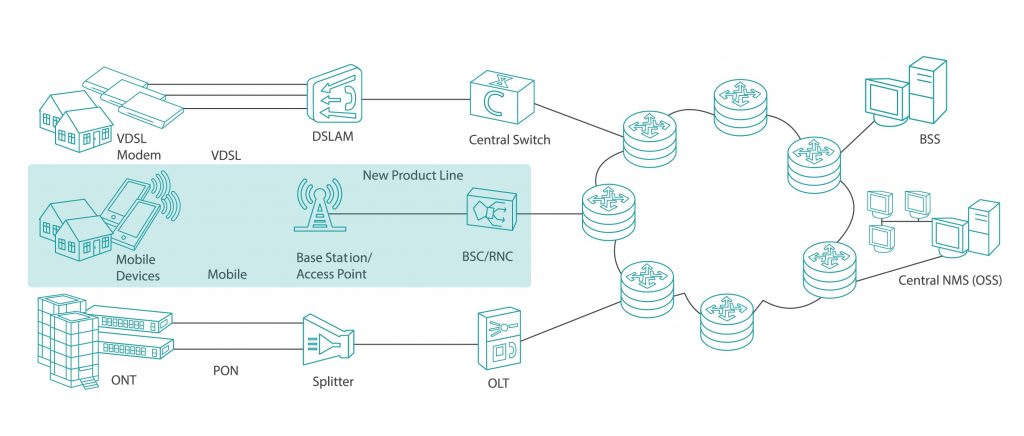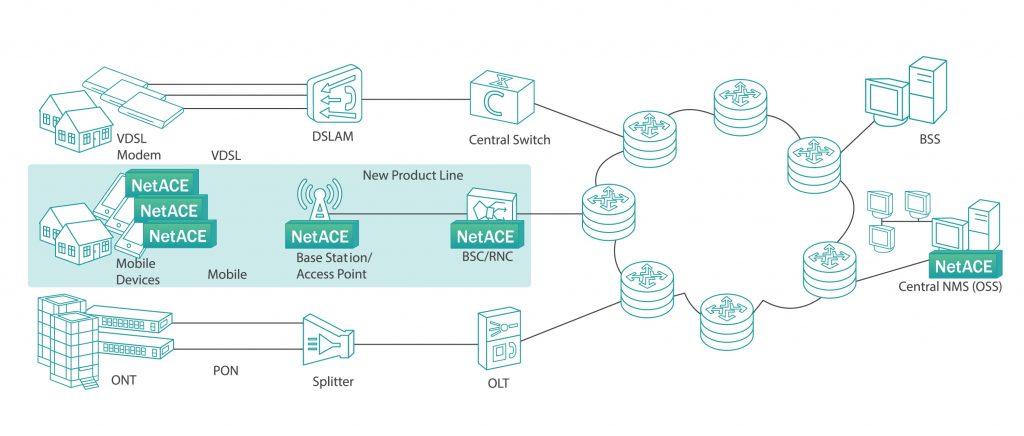

When developing a new product line, every vendor faces the dilemma of whether to develop a new system management module in-house or use external resources to develop this essential part of the solution. The main issues to be considered include the total management development cost, agility in supporting new features during equipment development, time to market with a complete solution including the management module, ability to maintain and support the system after it is released and the NMS cost for the end-user. The introduction of the NetACE automated tool – which can acquire a complete new line of product management skills in days – is changing the way vendors look at NMS support.
Before the introduction of NetACE, many vendors had a specific department in charge of developing NMS skills for each new product line. This team would receive the system requirements from the new product line development team, then either develop an extension to the current NMS system or develop a new NMS system from scratch for this specific product line. In either case, it was a long process that sapped valuable R&D resources. Any changes to the new product line – during the development process or after the release of the product line – would require further development by the NMS team. One of the results of this long development process is a time gap between the release of the product line and the release of its NMS support.

The NetACE solution is a game changer in the way vendors develop NMS support for their new and existing product lines. NetACE uses standard API protocols to communicate with each piece of vendor equipment, using its libraries to support all configurations and features for each type of equipment. Currently, NetACE supports more than 40 vendors and 1000 device type libraries, covering most of the types of equipment implemented in data centers. A new library to support unsupported equipment can be built and integrated into the NMS for other company product lines in just days. The NetACE business model translates into significant savings for vendors since there is no charge for the NMS development process. The vendor is charged a minimal sum for each unit sold/managed and thus avoids a direct cost for NMS development. The manpower savings are clear – the NMS team can be reduced for development, support and maintenance. The NetACE system includes automated system and services discovery, and zero touch configuration which are immediately valid for each new product line supported by the system.

NetACE is a vendor-agnostic solution that allows unified monitoring and control over a multi-vendor network in a global multi-site topology. NetACE has a built-in automated system that discovers all network elements and the topology that connects them. Once the system topology is discovered, the system allows monitoring and control over any element in the system, regardless of vendor. Communication uses standard management protocols adapted to the protocol that the specific equipment supports. Any change, configuration setting, unit or service activation or replacement of a faulty unit can be done remotely. Activation and control is via user-friendly monitoring systems that allow activation at a click of a button.